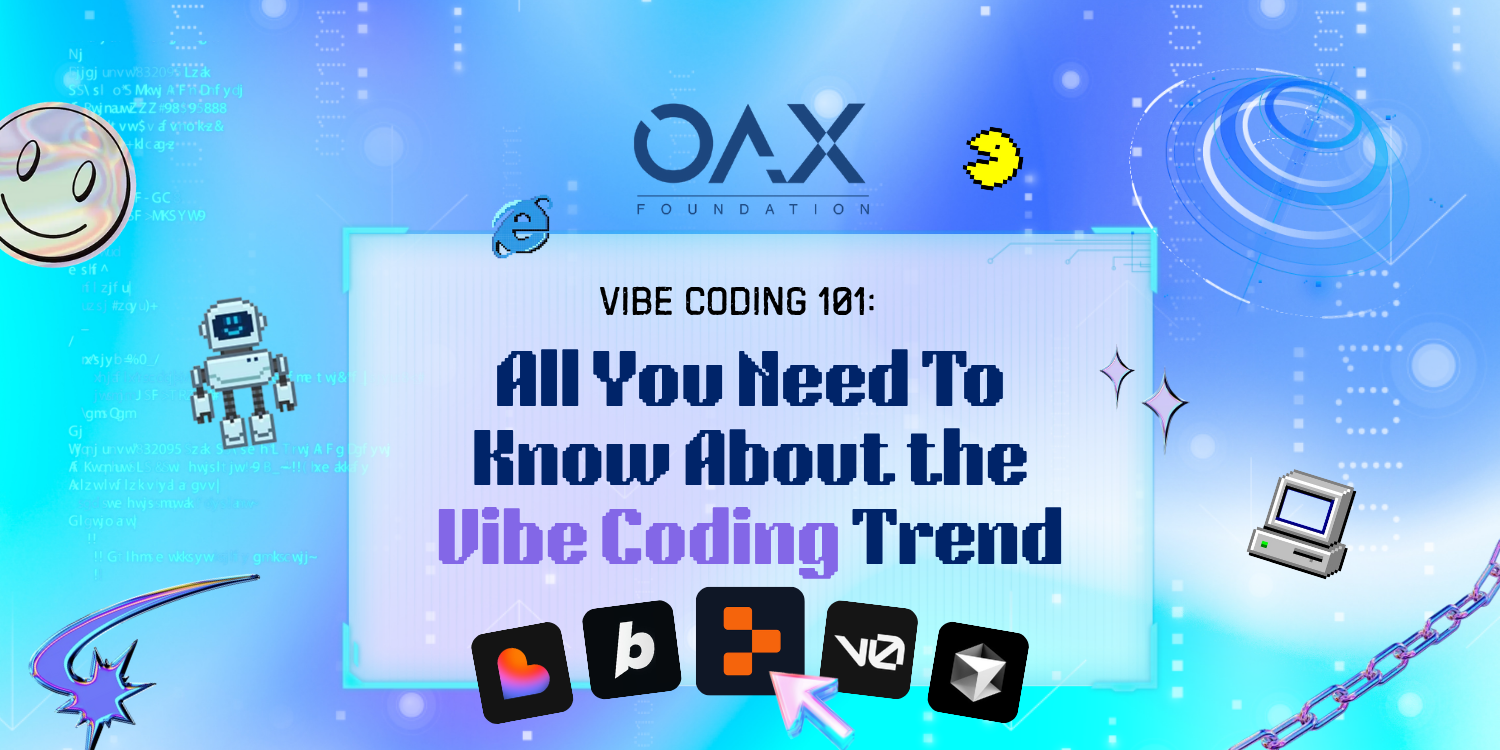
Your Quick-Start Guide to Vibe Coding: Build Apps with Just Your Ideas
Imagine describing your dream app in a sentence or uploading a quick sketch, and within minutes, you have a working prototype. Welcome to vibe coding, a revolutionary approach to software development that’s making waves in 2025.
Whether you’re a non-coder with a big idea or a developer looking to prototype faster, this guide will walk you through what vibe coding is and how to start building today. Drawing from real user experiences and expert insights, let’s dive into this exciting new way to create.
What Is Vibe Coding?
Vibe coding is about turning your ideas into software through natural language or visual inputs, with AI doing the hard work. Instead of writing lines of code, you describe what you want, like a to-do list app with a sleek dashboard and AI tools generate a functional framework instantly.
It’s a hands-off, iterative process where you refine the output by giving feedback, like “add a progress chart” or “make the login secure.”
This approach is transforming development, letting anyone from hobbyists to startup founders build apps in hours, not weeks. As a Cambridge researcher noted, beginners can create working prototypes in under an hour, making vibe coding a gateway to creativity for all.
Is it really?
Powerful Features That Make It Shine
One standout feature is the power to verbally describe your project and instantly get a framework. Picture yourself saying, “I want a recipe-sharing app with user accounts and a homepage of trending dishes.” Tools like Replit or Cursor interpret your words, spinning up a codebase with frontend, backend, and database components in minutes.
This skips the tedious setup of traditional coding, letting you focus on your idea’s essence.
Another example is uploading a picture to have your app built. Imagine sketching a weather app interface on paper, snapping a photo, and uploading it to a tool like Lovable or V0 by Vercel. The AI analyzes the design layout, colors, buttons and generates a working web or mobile app.
This feature is a dream for designers and entrepreneurs, turning visual ideas into functional software without touching code.
Beyond these, vibe coding offers real-time suggestions and automation, streamlining repetitive tasks like setting up APIs or writing boilerplate code.
If errors pop up, copying them into a chat interface often yields instant fixes. These features make vibe coding fast, intuitive, and accessible, whether you’re building a personal project or an MVP for your startup.
Tools & Platforms You Can Try
While still relatively new to the space, there are already an array of startups and platforms that bring intuitive coding to the masses. Here are a few you can dip your toes into to get a feel of the Vibe Coding experience.
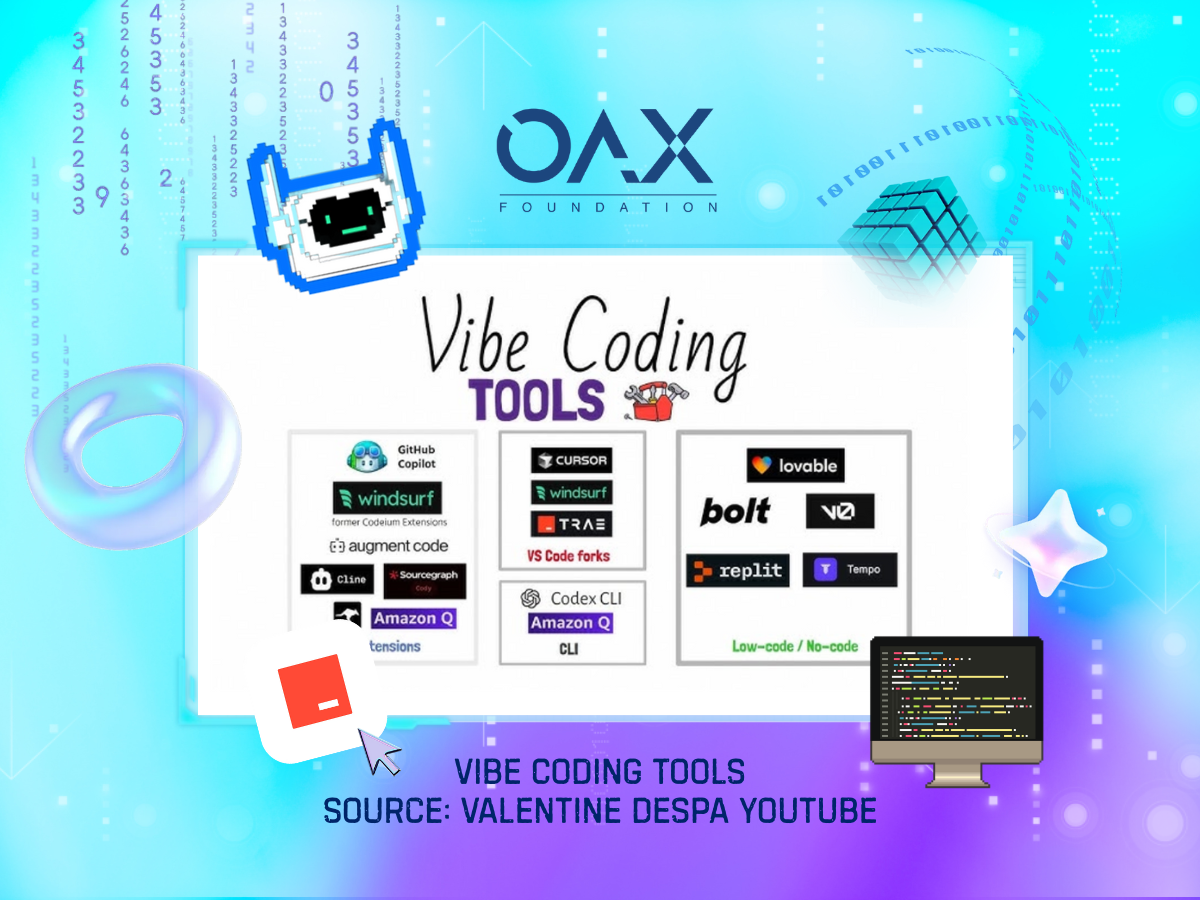
Replit (replit.com) – Replit is a browser-based IDE with AI assistance (Ghostwriter) for instant coding in multiple languages. Pros: Zero setup required, built-in AI autocomplete, great for experimentation especially at the MVP stage. Cons: Free tier has limits, not ideal for large projects.
Lovable (lovable.org) - Lovable is an up-and-coming AI-powered no-code platform that allows users to build entire web applications using natural language prompts. Pros: Built-in templates, robust gallery of examples, simple functionality. We’ve tried it ourselves, and the whole experience is really intuitive and simple, backed by a user-friendly interface. Cons: Bugs and security issues seem to arise in various projects, Lovable is also relatively new and hasn’t had a solid track record just yet.
Manus AI (Manus.im) - We’ve spoken about Manus in our social channels before, a next-gen AI tool that helps generate and refine code using natural language prompts. Pros: Speeds up prototyping, understands context well. Cons: Still in early stages, may require debugging. Also, using an agent like Manus which doesn’t feature a “live” MVP interface such as the likes of Lovable may be difficult for newcomers or non-technical users to navigate.
What You Need to Know to Get Started
You don’t need to be a programmer to vibe code, but a few skills help you make the most of it.
For beginners, clear communication is key. Describing your app’s purpose in plain language like “a fitness tracker with daily goals and a leaderboard” sets the AI on the right path. A basic understanding of testing, like spotting a glitchy button, helps you refine the output.

If you have some coding experience, knowing basic concepts like variables or APIs lets you craft sharper prompts and spot logic errors in AI-generated code. Familiarity with an IDE like VS Code, where tools like Cursor shine, gives you more control over editing and debugging.
Across all levels, an iterative mindset is crucial, vibe coding thrives on experimenting and tweaking. Many developers have emphasized that structured prompts and basic coding knowledge improve results, but anyone can start with just an idea and patience.
Common Challenges and How to Tackle Them
Vibe coding isn’t flawless. AI-generated code can have hidden logic errors, like incorrect algorithms, or security gaps, such as unvalidated inputs. Some AI tools / agents like Manus are technically also able to vibe code for its users, but the lack of a live interface from platforms like Manus poses a different challenge - especially for newcomers to Vibe Coding and those without a technical background.
Vibe-coded apps sometimes struggle with frontend-backend integration. Hallucination also causes AI to invent non-existent functions, requiring manual fixes. There are also known increased bug risks in vibe coding environments. If a developer doesn’t fully understand why something works (or doesn’t), subtle bugs can emerge in production, and debugging could be extra hard with vibe coding if the logic isn’t explicitly defined by the developer.
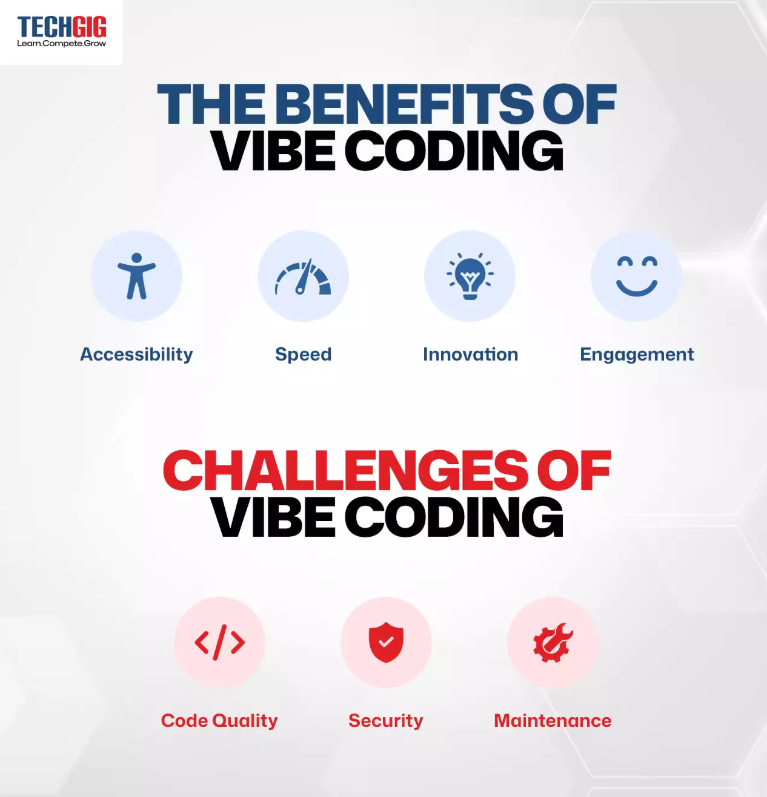
There is also an increase in security risks; intuitive coding can overlook security best practices (e.g., input validation, SQL injection risks), which could result in platform vulnerabilities that become even harder to fix if the code is not done by the developers themselves.
To navigate these, test your app thoroughly in a sandbox environment before deployment. Use context-aware tools like Cursor to reduce integration issues, and paste errors into ChatGPT for quick debugging tips. Having adopted vibe coding tools, prompting with a product requirement document (PRD) can help you go a long way, as AI works best with context, the more the better.
Documenting your AI-generated code also makes troubleshooting easier, ensuring your project stays on track.
Lastly, it’s completely understandable that projects who use Vibe Coding could be individuals or small teams with no developer knowledge looking to launch their initial MVP without breaking the bank, but if budget permits, hiring an external party to audit or go through your platform’s coding could also make a massive difference and help address some of the challenges above!
What has been built?
If you haven’t tried Vibe Coding yourself yet, it’s completely normal to be skeptical about its actual use case and if it’s able to create a working platform from scratch. Well, there are plenty of examples readily available online now, and here are some of our picks:
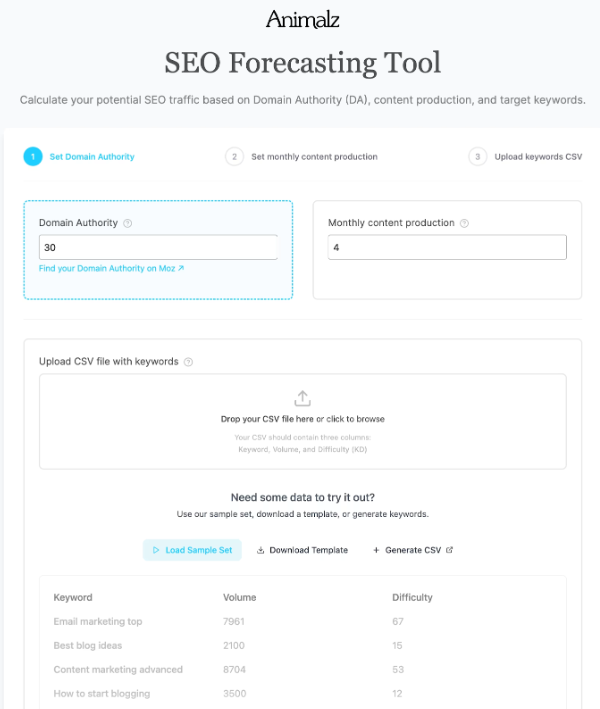
SEO Forecasting Tool - created by Cursor.
Tim Metz, Director of Marketing at Animalz, has used Cursor to vibe code a SEO calculator lead magnet. The tool effectively answers prospects’ questions, helping Animalz send them to the next step in their marketing funnel.
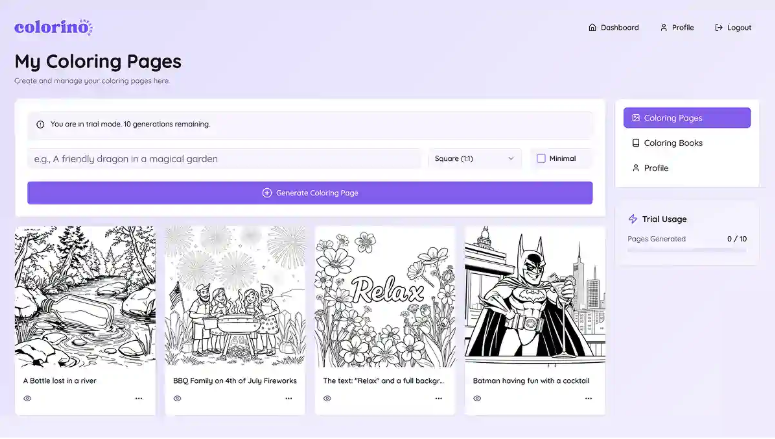
Colorino, AI Coloring Pages for Children - created by Lovable.
Quite an interesting one, Colorino turns any prompt into a printable, custom coloring page or entire coloring book in seconds. Vibe coded with Lovable (which is one of platforms we ourselves love), it’s a good example of a project that targets a more family-oriented market.

Lambo Levels - created by Lovable and ChatGPT.
This is a more crypto-focused example, Lambo Levels is a tool created by Joe Frabotta to help crypto enthusiasts visualize potential gains from their tokens. However, it isn’t a ‘crypto tracker’ app (for that, check out an app we are supporting - Notifs App!) but a more fun tool for users to dream big with their crypto holdings.
The Future of Vibe Coding
The vibe coding scene is just getting started. Expect smarter AI that produces cleaner, more secure code. Tools will better understand full codebases, reducing integration headaches, and multimodal interfaces, like voice-driven coding will make creation even more intuitive.
IBM predicts hybrid environments where vibe coding’s speed meets traditional coding’s precision, empowering both solo creators and teams. We’re heading towards a future where anyone can build apps.
How to Start Vibe Coding Today
Vibe coding is your ticket to turning ideas into reality, whether you’re a dreamer or a developer. Its ability to generate frameworks from words or images, paired with tools like ChatGPT, makes it a must-try in 2025.
Beginners on DEV Community adore the accessibility but urge learning fundamentals to avoid sloppy results. The consensus? Vibe coding is a powerful tool for prototyping, but human oversight keeps it robust.
Ready to try vibe coding? Pick a tool like Lovable for its web-based simplicity or Cursor for IDE power. Start with a clear prompt, like “build a habit-tracking app with a colorful dashboard.”
Start small, describe a simple app or upload a sketch and see where the vibes take you. At OAX, we’re passionate about supporting builders, and we can’t be more pleased to see a rapid adoption of vibe coding, bringing more creators’ ideas to reality. Share your creations on X and join the growing community shaping the future of software. Your next big idea is just a prompt away.
Disclaimer: The above is an opinion piece written by an authorized author, but in no way represents the official standpoint of OAX Foundation Limited, nor should it be meant to serve as investment advice.


